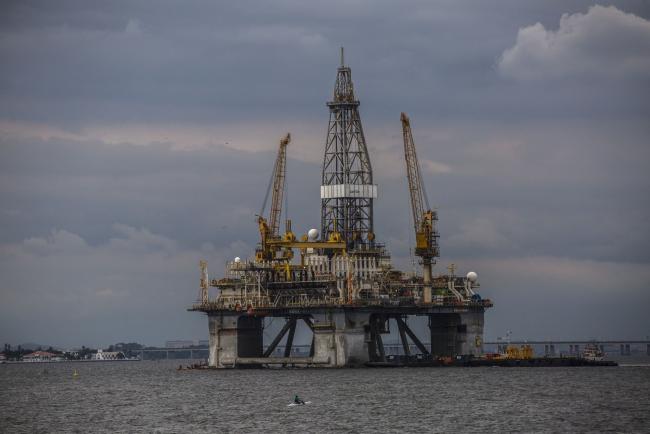(Bloomberg) -- Oil closed below $50 a barrel for the first time in a year as investors grappled with the prospect of the lethal coronavirus paralyzing economic activity for tens of millions of people, prompting some of the world’s biggest crude producers to consider emergency measures.
Futures fell 1% in New York on Tuesday. Traders remained gripped by the outbreak in China that threatens to curb global crude demand growth by as much as 400,000 barrels a day, according to an analysis by OPEC and allied producers.
“We’re getting close to the bottom and it’s clear OPEC is not going to sit on their hands,” said Phil Flynn, an analyst at Price Futures Group Inc. “There’s some dire predictions being priced in right now.“
The deadly virus has menaced markets by upending trade flows and is estimated to have cut 20% from China’s oil demand as quarantined cities and closed factories cripple industrial activity in the second largest economy in the world. Refineries are curbing operations, while the nation’s top processor is trying to resell millions of barrels of crude it no longer needs. The crisis could wipe out a third of the growth in global consumption this year, said BP (LON:BP) Plc Chief Financial Officer Brian Gilvary.
OPEC+ consulted with China in an urgent assessment of how the coronavirus may hurt oil demand, and what measures the group could take to stop prices falling any lower. A full meeting of the Organization of Petroleum Exporting Countries and its allies is currently scheduled for March, but the group is considering whether to hold that gathering earlier. The coalition is expected to discuss potential production cuts in response to the outbreak in China on Wednesday.
West Texas Intermediate for March delivery fell 50 cents to $49.61 a barrel on the New York Mercantile Exchange after a rebound that saw prices trade as high as $51.55 earlier in the day.
Brent for April delivery lost 49 cents to $53.96 on the London-based ICE (NYSE:ICE) Futures Europe exchange putting its premium over WTI at $4.16.
Traders are wary the virus-induced sell-off has driven prices to alarming levels that could ignite a crash resembling the plunge in October 2018 when Wall Street banks rushed to sell futures to cover options contracts, sparking further declines.
“WTI is trying to hold on to that $50 support level,” says Olivier Jakob, analyst at Petromatrix. “But it’s going to be difficult unless OPEC takes decisive action, otherwise we’ll get to the lows of 2018.”
The extent of OPEC’s decision will also hinge on Libya’s oil output, Standard Chartered (LON:STAN) analysts including Paul Horsnell write in a report. The country has been roiled by a political crisis that led to a blockade of its ports last month. Production has fallen to about 187,000 barrels a day, according to state oil firm National Oil Corp.
